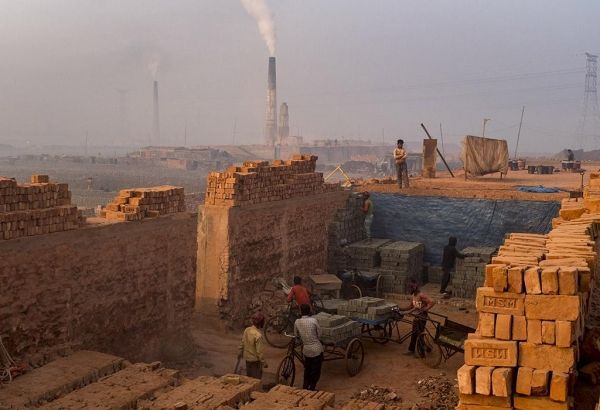When Stephen Luby, MD, first arrived in Dhaka, Bangladesh, in 2004, he barely registered the hazy atmosphere. The 45-year-old epidemiologist from Nebraska had spent several years in Karachi, Pakistan, where soot-choked air was as predictable and intractable as open sewers and rutted roads. It didn’t distract him then from his mission to save lives with modest, affordable health interventions, such as hand-washing training and directions to local clinics. It wasn’t going to distract him now.
Luby was focused on his new job with the U.S. Centers for Disease Control and Prevention, where he would be investigating emerging infections in a region considered a global hot spot. “I believed in what I was doing.”
As Luby, his wife, Jeni, and their four children moved into their U.S. embassy-furnished house in a quiet enclave of Dhaka, they found a rattling electrostatic air purifier the size of a small refrigerator.
Read more at Stanford University
Photo: Workers remove fired bricks from one kiln in Bangladesh, while smoke billows out of other kilns in the background. (Photo credit: Navaism)


